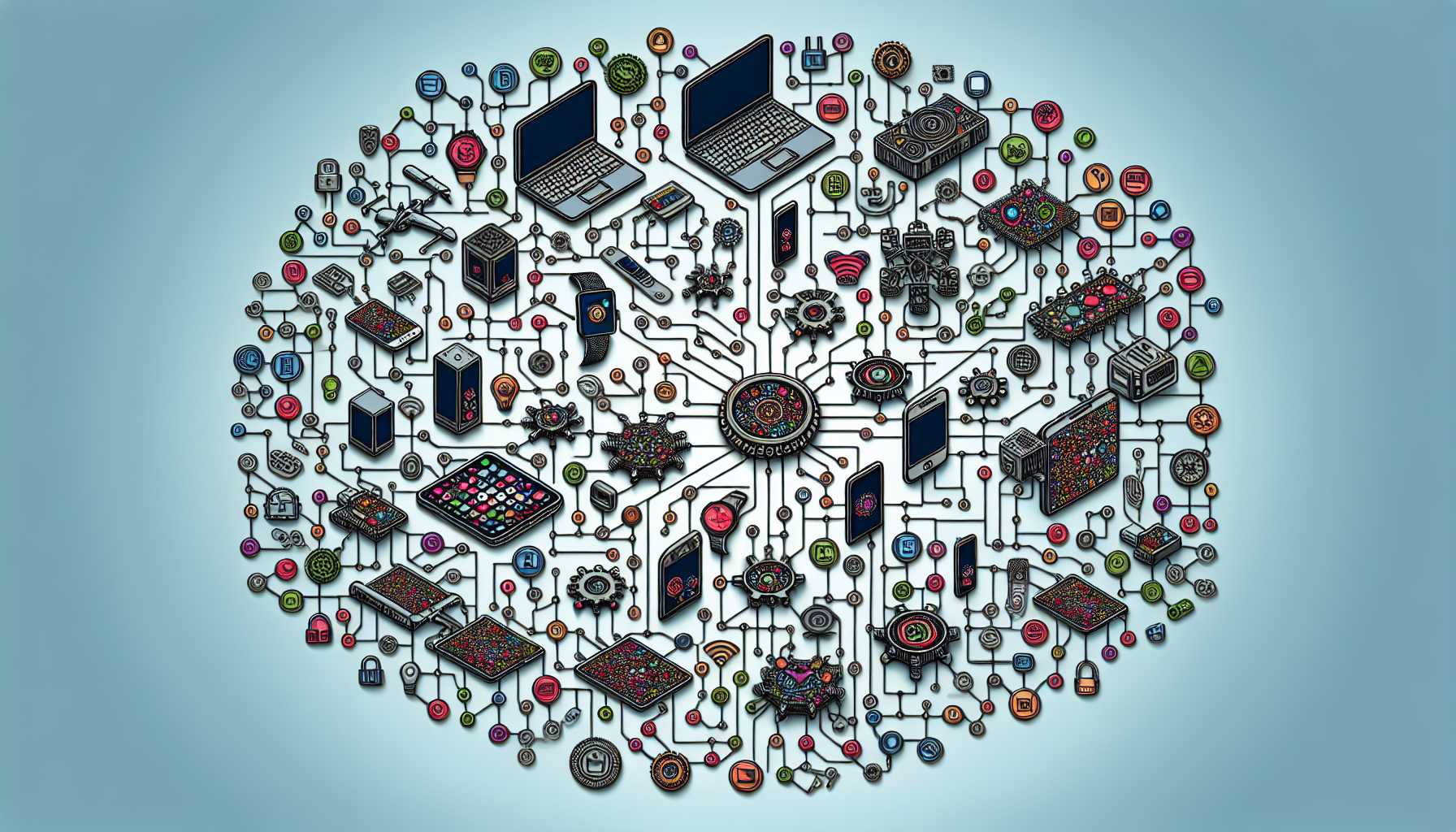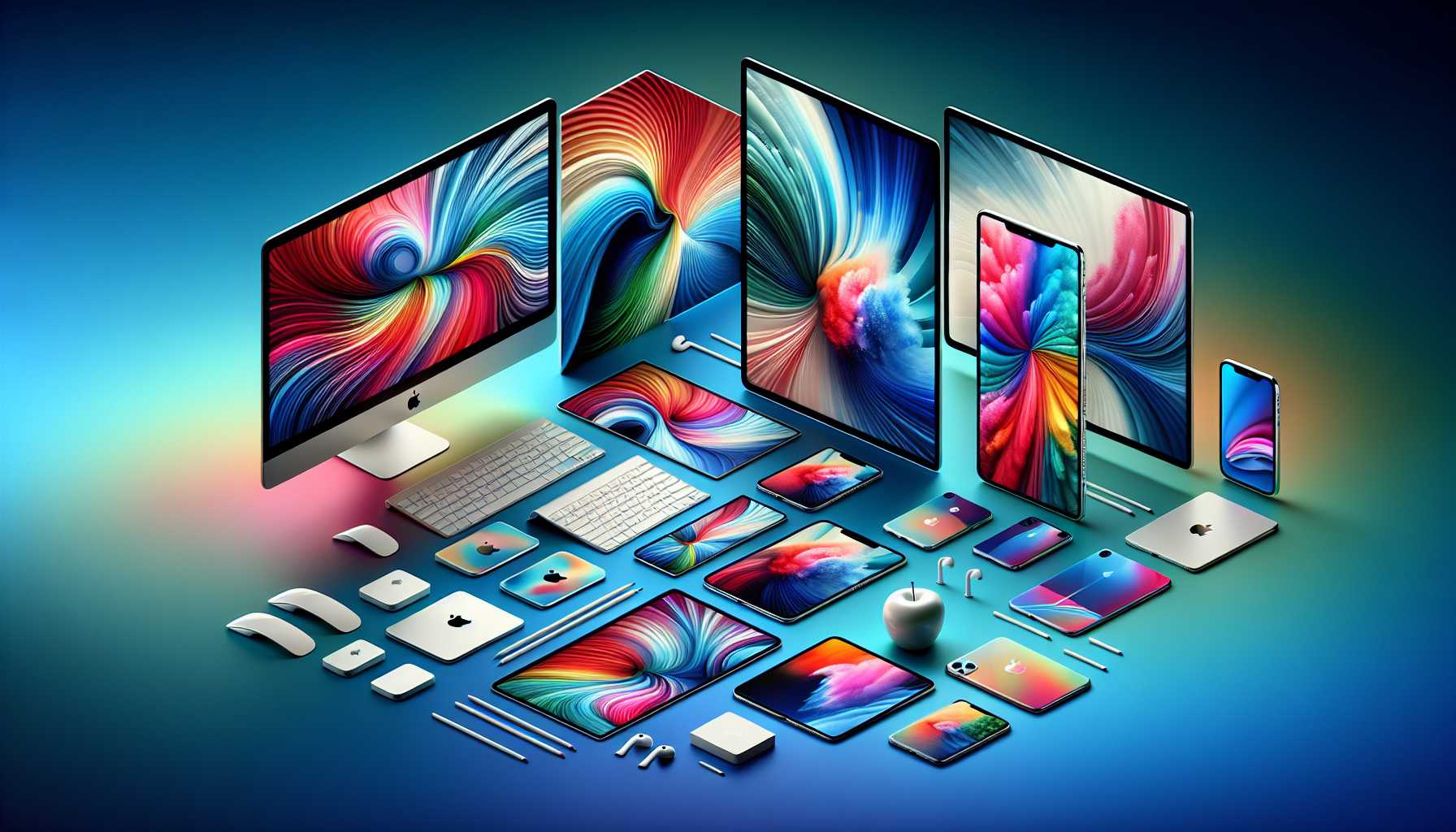Apple’s Strategic Shift in Product Releases
Imagine waiting with bated breath each fall, knowing with almost clockwork precision that Apple is about to unleash its latest tech arsenal upon the world. For many years, this rhythm was as predictable as the changing seasons. Historically, Apple adhered to an annual cadence for product launches—software announcements at the Worldwide Developers Conference (WWDC) in June, followed by a new hardware fiesta in September and onwards. However, like any great disruptor, Apple seems keen to disrupt even its own traditions.
This change is not just about unbuckling the straps of predictability. According to tech insider Mark Gurman of Bloomberg, Apple is now navigating away from this rigid cycle. The reasons are multifaceted. For employees, working towards a singular deadline can build momentum but also exert pressure. Investors enjoyed having a circled date on their calendars, too, knowing when beloved profits might roll in. And Apple’s marketing maestros? The tradition gave them a seasonal stage.
But, in the ever-expanding realm of Apple’s innovation, flexibility isn’t just desired, it’s becoming a necessity. As Apple broadens its product roster, not every gadget—like certain AirPods or the Apple Watch—demands a yearly facelift. Meanwhile, Apple’s powerhouse teams are jacks of many trades, juggling devices from Macs to iPhones to the visionary Apple Watch and AirPods. Software is also a player here, with Apple Vision Pro’s visionOS and iOS adding to the complexity. Aligning hardware innovation with these expansive software systems is a balancing act that doesn’t always adhere to a September script, which explains their sporadic appearance throughout the year now.
A Peek Into Apple’s Latest Line-up
Rumors and whispers abound, but it seems the tech grapevine has some juicy news for us: new Macs and an iPad are expected around October’s end, with a speculated launch on November 1. Particularly, variants of the 14-inch and 16-inch MacBook Pros are likely to star, featuring the gleaming new M4 chips that debuted with the iPad Pro earlier this year. Additionally, a redesigned Mac mini—smaller than its predecessors—is rumored, along with a refreshed iMac. It’s a veritable cornucopia of new tech toys, each more tantalizing than the last.
This year, whispers of possible leaks have been rife, including a peculiar instance where a Russian YouTuber purportedly got their hands on an M4 MacBook Pro prematurely. Unlike the shadowy, blurry factory leaks we’re used to, this YouTuber created a full-blown unboxing video showcasing every sleek curve and line of the 14-inch variant, all wrapped in a cool Space Black shell. It’s the tech equivalent of peeking at your presents before Christmas morning.
For Apple aficionados, this means more than just avoiding FOMO by not owning the latest device model. It highlights Apple’s increased ability to roll out products when they’re ready, reducing delays and—hopefully—giving us more innovative, bug-free tech in our hands.
The Hotly Anticipated Apple Intelligence
Mark your calendars: October 28 signals the rollout of ‘Apple Intelligence,’ Apple’s response to the artificial intelligence surge sweeping across Silicon Valley and beyond. This suite promises revolutionary features like summarization tools, writing aids, and smart audio recording integrated into apps such as Mail, Notes, and Pages. Among the most useful during testing, the summarization tool stands out as a potential savior for those swamped by a daily deluge of notifications.
For those using iPhone 16, this capability was part of the promise when the device launched—bringing to life the idea of hardware and software truly working in symphony. Apple’s strategy, therefore, isn’t just about rolling out products or software updates; it’s about realizing the synergy between them. Apple Intelligence is expected to enhance not just productivity but also ensure that users can extract maximum value from their devices, an increasingly enticing prospect in our time-crunched world.
What’s Next on Apple’s Horizon?
Looking beyond the horizon of the current year, the crystal ball, as held by Gurman, shows an exciting future landscape. In early 2025, Apple is anticipated to expand its M4-driven lineup further, with new MacBook Air models and a refreshed iPhone SE introducing an array of his notes using the term Apple Intelligence. The iPad Air models will also receive a shiny new iteration, potentially with enhanced features like a refreshed Magic Keyboard and more robust performance capabilities.
For Apple’s power users, particularly those in the graphic design or video editing industry, the wait might be extending a bit longer. High-end machines like the Mac Studio and Mac Pro, armed with even more potent M4 chips, seem slated for a leisurely debut, expected towards the latter part of 2025. While waiting can often feel tedious, the promise of substantial leaps in performance suggests the payoff will be worth it for those needing the upper echelons of processing power.
From Upcoming iMacs to Next-Gen iPads: What to Expect
Of all the things expected from Apple, there might not be as much buzz about the iMac compared to other product categories, but that could change. The upcoming updates could see the iMac getting more than a mere facelift, hopefully transforming it beyond its existing, and increasingly tried-and-true design.
For iPad lovers, there’s speculation of an updated Mini—iconic in its size yet mighty in performance—potentially with enhanced camera capabilities that echo the advancements seen in the iPhone 16. Whether these predictions hold, this rumored upgrade cycle is bound to spark consumers’ curiosities. Every whisper and conjecture breathes new life into the anticipation of these releases, which promise to feature a balance of performance improvements and innovative features.
However, as those familiar with Apple’s ecosystem will attest, what truly makes these products compelling is less about any one spec and more about the holistic experience that Apple consistently refines and delivers.
Conclusion
In short, Apple appears poised for a monumental shift—not just in terms of product availability but in redefining the way it responds to market trends and consumer demands. As a tech enthusiast closely observing Cupertino’s ever-evolving strategies, I believe this flexibility and responsiveness will solidify Apple’s role as a key pioneer, not simply a leader, in a rapidly advancing tech landscape. After all, anticipation is half the joy of technological innovation. By moving away from predictable calendars to rolling releases, Apple not only stirs excitement but also makes innovation part of a perpetual cycle of discovery, ensuring that anticipation remains an ever-present flavor in the air for tech fans worldwide.





